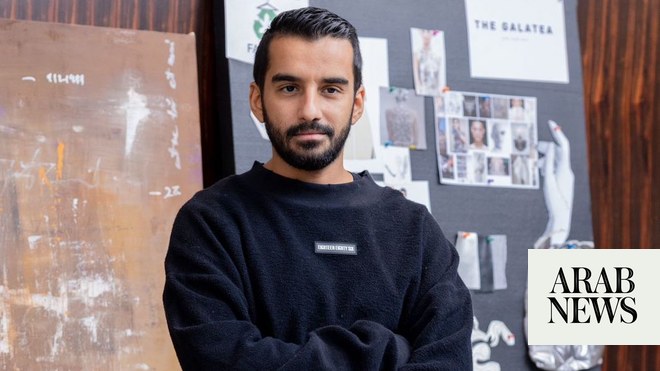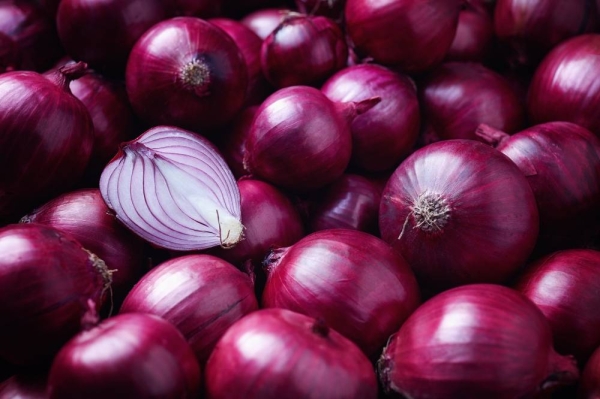
The recent rise of streetwear has been apparent worldwide, originating from diverse music scenes. As each culture adds its particular flare to the style, Saudi has been slowly developing its own.
At the Fashion Commission’s leading industry expo, Fashion Futures, this past weekend, experts and retail innovators discussed the rise of the trend within the region and its evolution from niche to mainstream. From urban abayas to historically rooted prints, Saudi has been evolving its look from traditional regalia to heritage chic.
“Personal style is very important to a Saudi, and I think that translates directly into the way we dress up…There’s a certain personality in the way that we dress,” Ahmed Al-Ammary said.
Al-Ammary, more commonly known as “Baloo,” is the CCO of MDLBEAST, the Saudi-based entertainment company quickly becoming one of the world’s biggest music festivals.
He launched his first T-shirt brand, 9sicksick, alongside his partners Anmar Madani and Ibraheem Abbar, focusing on local pop culture.
As MDLBEAST has garnered international attention, Al-Ammary has found that festival ecosystems and fashion styles always interlink, like the all-black ensembles of the techno scene and the bohemian theme at Coachella.
Through his role at the company, he worked on developing the recently launched BANI BEAST, a festival-inspired clothing line reimagining traditional Saudi attire. During the festival, which takes place annually in December, the company noticed the eventgoers dressed in heavy jackets and farwas, traditional coats in the Saudi and Gulf areas, to combat the cold weather.
“We saw that people made the extra effort and started to pair things that were traditional wear and general streetwear. That inspired the idea of developing Bani Beast. (It’s) basically a combination of prints, and we have something that we call modulate farwa.
“It comes in three different pieces that you can wear separately, or you can put two together, or you can pull up a few strings and create a new shape with it. The idea was to give it some versatility, and that’s what makes fashion flow. It’s the ability to change it up and refresh it every time you wear it,” Al-Ammary said.
Mohammed Bajbaa, founder of the fashion brand Proud Angeles and consultancy firm Proud X, launched the clothing company as a retailer and transformed it into its own brand in 2020 with an ethos of bridging cultures.
The entrepreneur shared that from a consultant’s standpoint, there is a huge gap in understanding how the industry works. He hopes that these multidisciplinary styles bring along tangible growth to the fashion community.
“I’m optimistic, and I hope in the future that we don’t just have fashion brands, we have more solutions for those brands that build a whole ecosystem, from education resources to trade shows, and experts around to work with them,” Bajbaa said.
Mohammed Khoja, founder of Hindamme, which contributes to the fashion and cultural landscape in Saudi Arabia by innovating traditional styles and incorporating Western silhouettes, said:
“The main driving force was to create representation, really, because I didn’t see enough of our culture or something that I connected with within contemporary design.
“I feel like I’ve been able to…contribute by injecting elements that represent us as Saudis, things that we connect with, from our heritage, from our upbringing, and translating that into design and fashion,” Khoja said.
The ready-to-wear luxury label’s name directly translates to the old Arabic word for possessing perfect harmony. Indeed, it does just that by creating a dialogue through its East-meets-West philosophy, featuring Arabic calligraphy motifs, ancient Saudi palettes, and design collaborations with local and international creatives.
While many upcoming street-style brands are inevitably in direct competition, the designer noted that each brings its own twist under a common identity.
Mahmoud Sedani, fashion blogger, said: “A friend of mine was saying that when (Saudi) brands were approaching, one of their aims was…to be international. She said something super interesting, which I never thought of: ‘Who says we’re not international?’ I think that’s so incredible to hear because I feel for so many years, we’ve cut ourselves short.”
The conversation raised an important question: Who decides how much recognition an industry needs to become a global player?
“I think it’s a question of relevance. When you’re relevant to the community that you’re in and you speak to them in your design, that actually creates that platform for you to get up to that international level,” Al-Ammary said.
Khoja shared that while Saudi is in the process of bridging cultures, the Kingdom has been at a historical disadvantage.
“(We’ve been) seen as buyers rather than creatives, so we’re not really part of that conversation. But it is starting to shift with initiatives like Fashion Futures. They are bridging that divide,” he said.
These local heroes agreed that Saudi has yet to see the peak of creativity within the industry — and much is yet to come.










